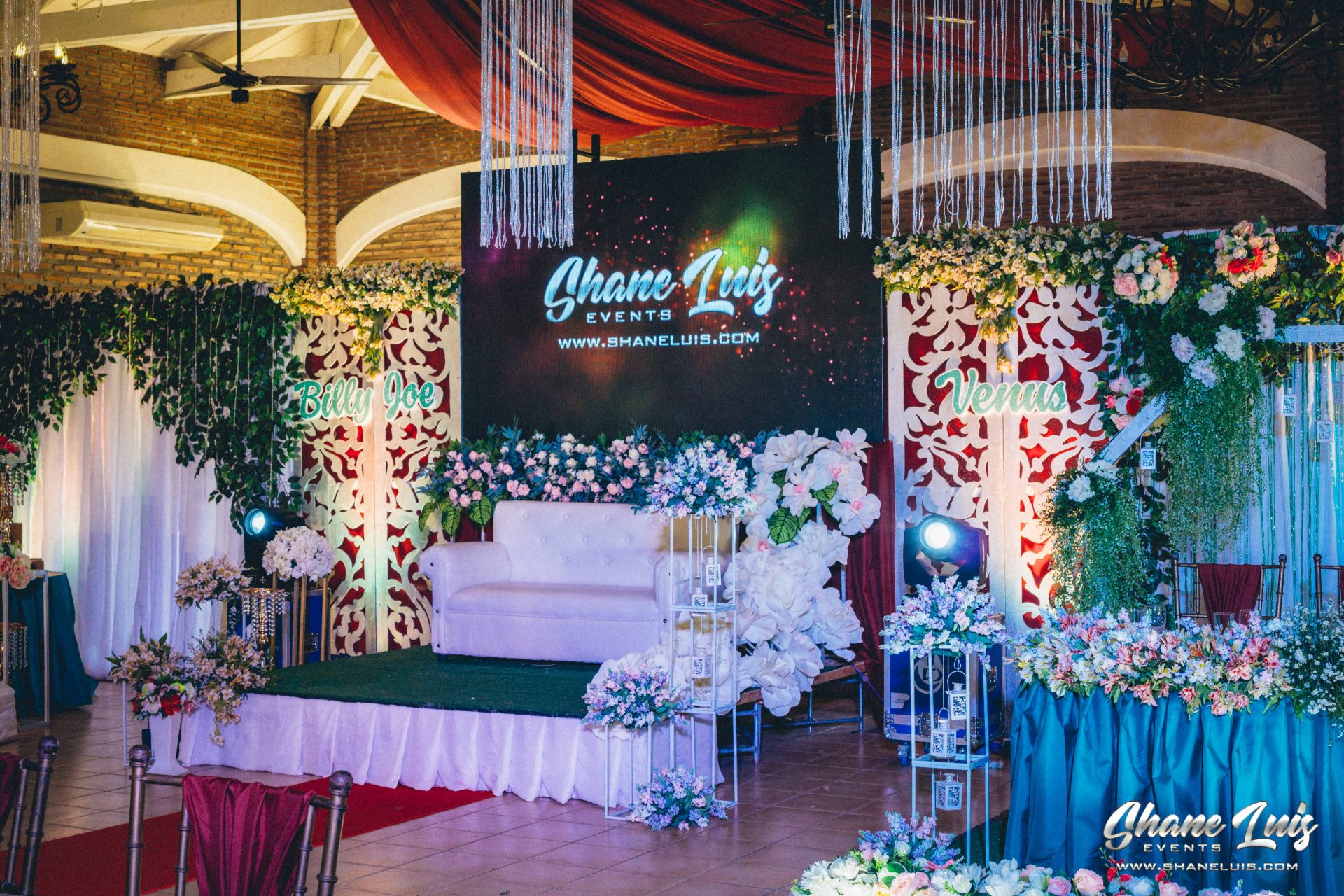Perfecting Hue Precision in LED Display Calibration for Stunning Visual Presentations
Perfecting Hue Precision in LED Display Calibration for Stunning Visual Presentations
Blog Article
Color accuracy is crucial for producing stunning visual displays, especially when using LED screens. These massive displays are commonly found in locations like music venues, sports arenas, and advertising billboards. When the hues on an LED screen are not correct, the visuals can look dull or distorted, which can affect the total experience for viewers. Therefore, mastering color accuracy in LED screen tuning is vital for achieving vibrant and realistic images.
The first step in ensuring color accuracy is understanding how LED systems works. LEDs, or light-producing diodes, generate light in multiple colors by combining red, green, and blue (RGB) light. Each pixel on an LED screen is made up of these three colors. When calibrated properly, the combination of RGB can produce a wide range of colors. However, if one hue is too intense or too dim, it can distort the whole screen. This is why tuning is needed to equalize the hues and achieve the desired visual result.
Calibration entails modifying the settings of the LED screen to ensure that the hues displayed correspond the initial material as closely as feasible. This process usually includes using specialized software and hardware instruments. Technicians often use color assessment devices, such as spectrophotometers, to examine the hues being displayed. By contrasting the measured hues to standard color standards, they can make precise adjustments. This ensures that the hues are not only vibrant but also uniform across the entire display.
Another important factor of color accuracy is comprehending the environment in which the LED screen is used. Elements such as ambient light can considerably impact how hues appear. For example, a well-lit lit room may fade colors, making them look not as vibrant. To mitigate this, technicians may modify read here the brightness and contrast settings of the LED screen. Additionally, they may choose particular color profiles that are better suited for various lighting conditions. This adaptability helps maintain color accuracy irrespective of the viewing surroundings.
Ultimately, regular maintenance and re-tuning are crucial for keeping an LED wall looking its finest. Over time, the performance of LEDs can alter due to elements like aging and heat fluctuations. Regular checks and modifications can help guarantee that the colors stay correct and vibrant. By committing time in appropriate calibration and maintenance, venues can offer audiences with stunning graphic displays that enhance their total impression. Mastering color precision in LED screen calibration is not just a mechanical job; it is an art that adds to the wonder of visual narration.